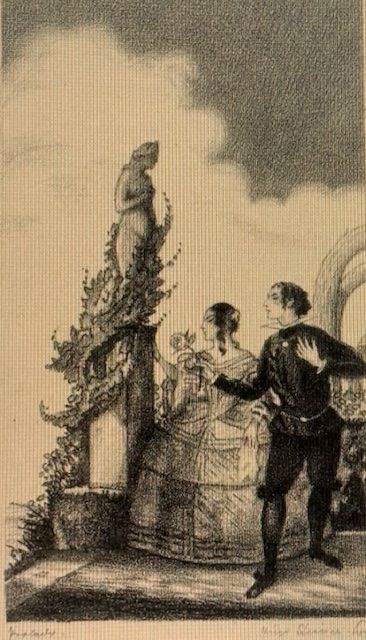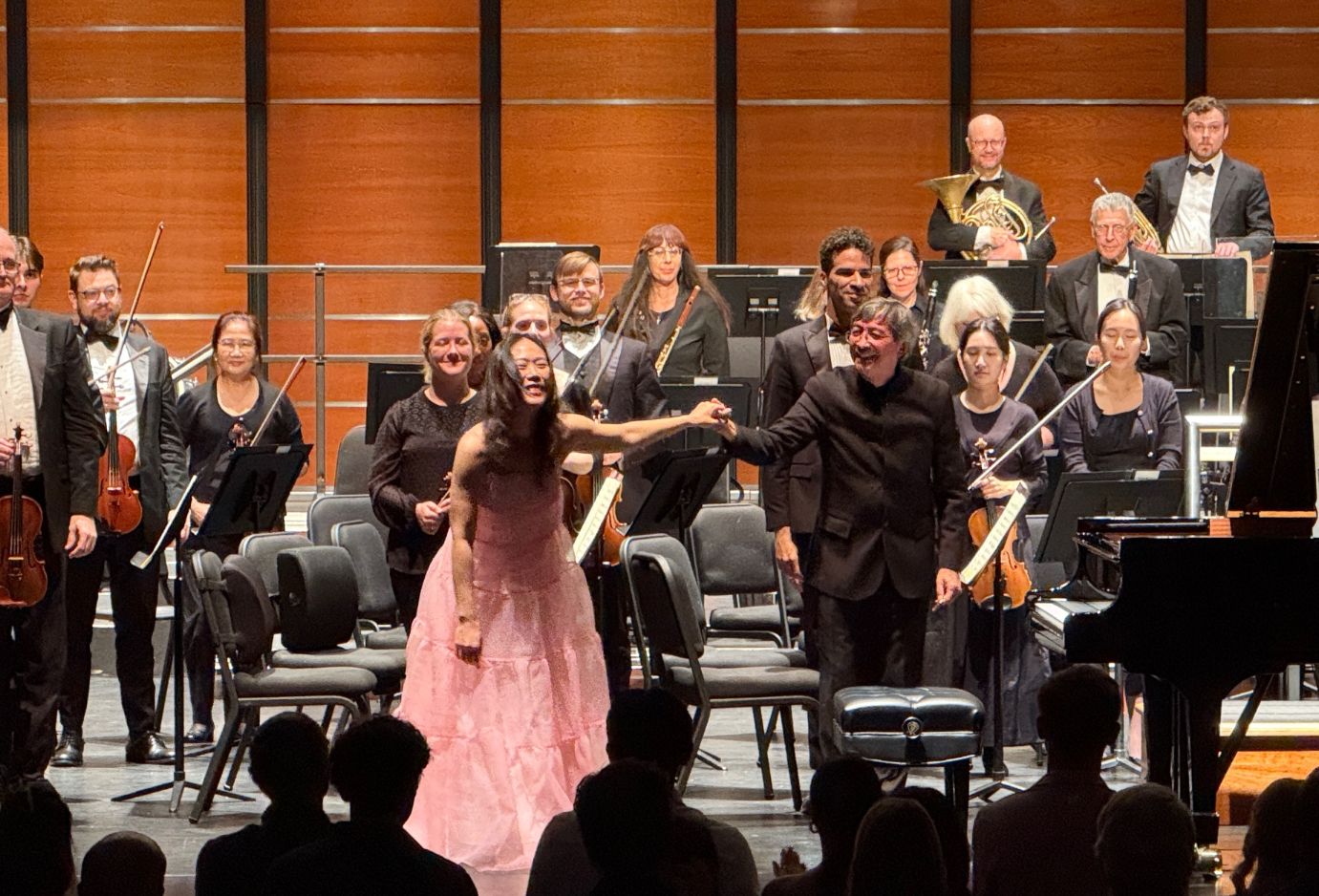A gem from 1785 was featured by the Austin Symphony Orchestra this weekend.
Mozart performed his 22nd piano concerto in Vienna that year. As he wrote to his father, “Concertos are a happy medium between what is too hard and too easy…pleasing to the ear…without being vapid.”
This description is precisely correct, as Concerto No. 22 in E-flat major (K.482) scarcely challenged the talents of virtuoso pianist Yeol Eum Son. This season she is making orchestral debuts with several major orchestras, including the BBC Symphony in London.
This lively concerto starts with orchestral ornamentation that can best be thought of as frilly. It features trippy highlights overlaid on an otherwise insistent theme. This fanfare sets up the entry of the piano that tiptoes on the notes just laid down.
After a tentative beginning, the piano adds a measure of complexity, both tonal and structural, relegating the orchestra to little more than providing background music. Yeol Sum clearly relished her opportunity to shine after a brief orchestral interlude. The first movement ends in a traditional manner – no fireworks here.
A reflective tone is established by the orchestra at the outset of the second movement, the Andante. This elicits a very restrained response from the piano. Mozart next employs the clarinet to great effect. While this instrument was not a regular component of symphony orchestras until the early 19th century, Mozart uses it here to evoke a rustic atmosphere. One can hear birds singing, and the musical rhapsode is further enhanced by the piano, which adds a slow-moving stream to the scene. The strings complete the mood by adding a dash of enchantment. When it was first performed on December 16, 1785, the Andante so captivated the Viennese audience that Mozart was compelled to repeat it before moving on to the third and final movement.
Exuberance replaces the contemplative second movement as Mozart leads us on a merry chase in the Allegro, which he casts as a hunting scene in a genre that was developed in the 14th century. As the programme notes indicate, “Mozart changes pace in the middle of the movement with another Andante (this one cantabile, which means in a singing-style) featuring the clarinets” once more. Yeol Eum was showered with applause for her performance of this delightful concerto, following which she played a brief solo.
The second half of the concert featured a complex composition by Richard Strauss. A sweeping theme of love and retribution, his Don Juan (from 1889) was inspired by a verse play written in 1844 by Nikolaus Lenau. The unfinished work was published posthumously in 1851. In 1918, Hugo Steiner-Prag designed lithographic “dramatic scenes” about Lenau’s Don Juan that were published at Graupe, Berlin. One such illustration is shown here, where Don Juan presents a rose to a lady.

Strauss here composed a symphonic poem, a term coined by Liszt in 1854 for compositions accompanied by a program for the audience to read before listening to the music. Perhaps the most famous such symphonic poem is Night on Bald Mountain by Mussorgsky (1867), and also The Sorcerer’s Apprentice by Paul Dukas (1897), both of which evoke the spirit of Halloween. In Don Juan, the denouement is really the highlight of the piece. As Don Juan shakes off the torpor caused by the ghosts of his former lovers haunting him, the music evokes a strident mood. As he makes one last, valiant attempt to recapture his libertine lifestyle, he suddenly surrenders in despair. Strauss’ Don Juan ends with a whimper, as pianissimo timpani and pizzicato basses provide one of the most unusual of all orchestral finishes.
This superb concert concluded with the rarely played Academic Festival Overture by Brahms, composed in 1879. This frothy piece, that displays all the bells and whistles of the orchestra, was a fitting conclusion to this all-German musical outing that began with a lovely rendition of Johann Strauss’s On the Beautiful Danube.
Lead photo by C Cunningham
